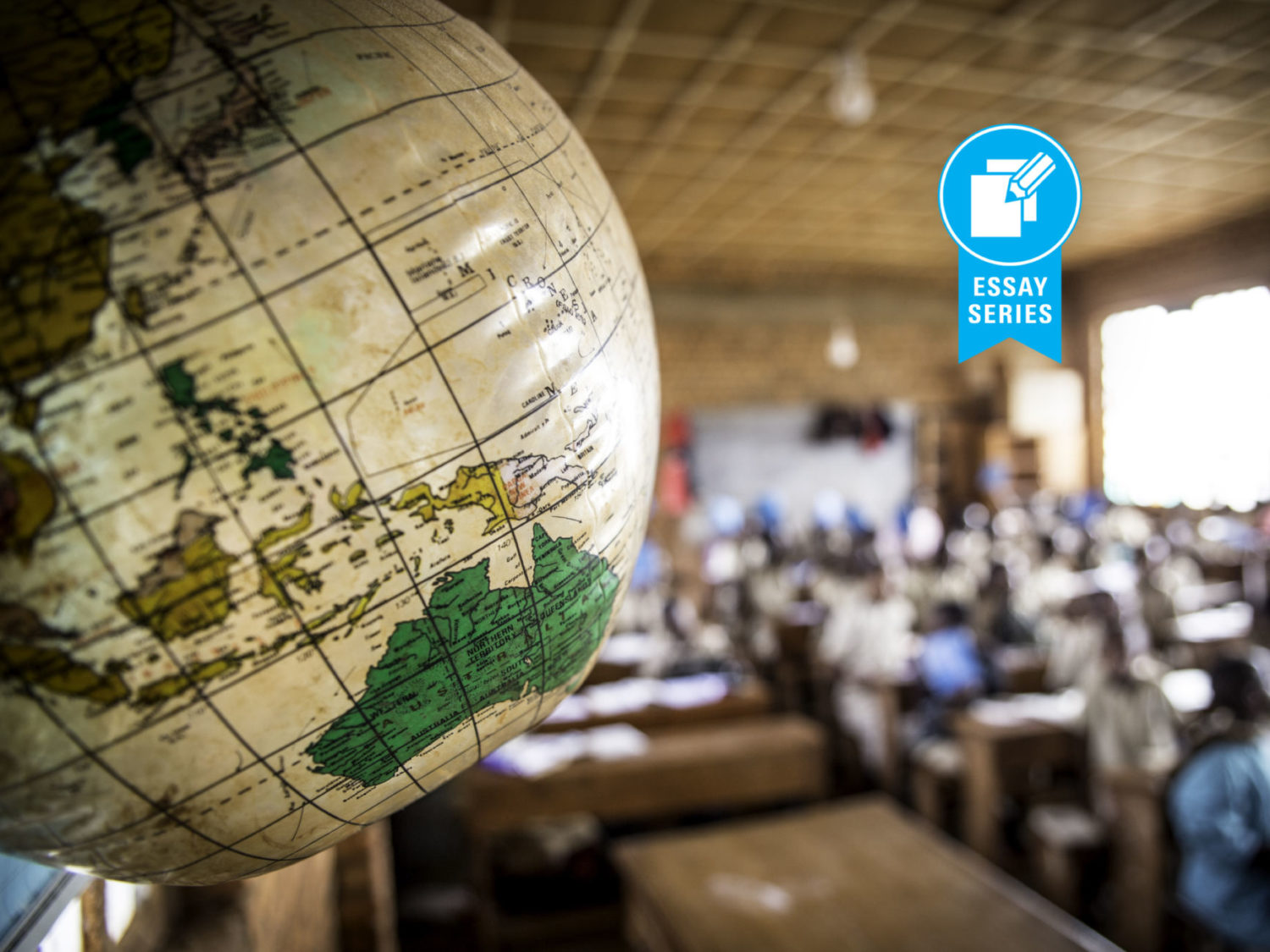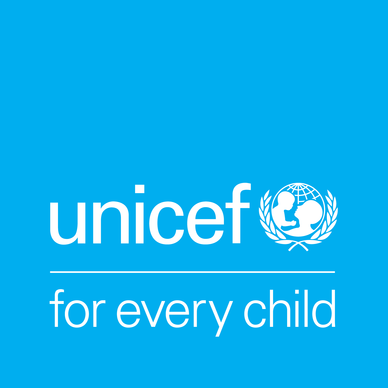
A healthy future for the world’s children
Despite international commitments under the U.N. Convention on the Rights of the Child and the urgency of meeting the Sustainable Development Goals (SDGs), no country is doing enough to protect children’s health and well-being. Children are suffering from the ill effects of the climate crisis; inequality and poverty; disease and malnutrition; inadequate housing, social protection or education; and harmful commercial marketing. These difficulties have often been compounded by the Covid-19 crisis,[1] as children have faced disruption to their education, essential services, and protection[2].
The WHO-UNICEF-Lancet Commission report, ‘A Future for the world’s children?[3] published in February 2020, outlined the dire challenges faced by today’s children and adolescents. The Commission called for a global movement, bringing together people from across sectors, civil society, governments, and communities, and, most importantly, children themselves, to tackle these threats and place children’s needs at the heart of all policies.
Launched this year, Children in All Policies 2030 (CAP-2030) aims to implement the Commission’s recommendations by strengthening national institutions and taking a multi-sectoral approach to improving children’s health and wellbeing. CAP-2030 promotes evidence-based, practical, and creative solutions and works by building networks of people and institutions committed to children’s health. CAP-2030 has partnered with organisations in nine countries to implement innovative programmes tailored to each context. A global response is also necessary to meet many of the interconnected challenges that affect children across borders, such as climate change and commercial marketing, which is why CAP-2030 is bringing together experts and stakeholders to address these issues.
Through the pandemic it has become apparent that many countries have under resourced public health, social safety nets, and preventative medical infrastructure – including for children. One key lesson is the need to measure the burden of child ill-health in populations and the inequalities that many communities face in having a healthy environment and accessing care. For example, longitudinal studies demonstrate how early interventions in childhood produce profound benefits that extend into adulthood[4][5][6]. However, high-income countries have allocated a mere 2% of the fiscal stimulus for the support of children.[7]
CAP-2030 is working to support and equip national governments and actors to find solutions that work in their specific contexts. For example, our partners in Senegal, The Institute of Social Paediatrics at Cheikh Anta Diop University, will lead an initiative on the ‘first 1,000 days’ of a child’s life, including advocacy among key policymakers and decisions-makers to devote resources to protecting and promoting health during this sensitive period of a child’s life, as well as sensitising families and communities.
The climate crisis is the single greatest threat to the health and well-being of children and indeed all living things on this planet. Unchecked carbon pollution risks making many parts of the world uninhabitable within the lifetimes of children born today, and air pollution is already having severe impacts on their health. Prenatal and early postnatal exposure increases children’s risk of acute respiratory disease, cardiovascular disease, and metabolic syndrome, among other harms.[8][9]
Children have led the way in advocating for action to address the climate emergency. The School Strikes for Climate movement has mobilised millions of children and students globally, providing ample evidence of the need to ensure children’s voices are heard and – most importantly – acted upon. This is why CAP-2030 will work to amplify the voices of Indigenous youth activists in Pacific Island countries speaking out on climate change and environmental justice. In Nepal, CAP-2030 partners are exploring citizen science activities with children and young people, working to monitor the health and nutritional impacts of climate-induced geohazards in remote districts.


Governments are failing the world’s children through lack of investment, blinkered policies, an inadequate response to the climate emergency, and failure to adequately regulate commercial marketing at the expense of children’s health.
Another key risk to children’s health today is harmful marketing, especially with the explosion of social media over the past decade. Children are frequently the targets of abusive marketing campaigns by large companies, promoting products such as unhealthy foods, online gambling and addictive substances such as alcohol and tobacco, that increase the risk of diabetes, heart disease, and other non-communicable diseases.[10][11][12][13] Research in multiple countries has found advertisements shown during children’s television programmes are dominated by food products that risk children’s oral health, and shown a link between the exposure to advertising, the purchase of unhealthy foods by families, and children’s risk of being overweight and obese.[14] CAP-2030 is working with a team of experts to define the nature of this emerging threat and support national and international regulations to protect children.
Alcohol is one example of a product whose marketing can be deeply harmful to children and families. CAP-2030’s partners in South Africa are considering emerging evidence on alcohol regulations in South Africa. In response to the COVID-19 pandemic lockdowns, South Africa banned the sale of alcohol, significantly reducing the level of hospital admissions for injury and trauma both in children and adults. South Africa also has one of the highest rates of foetal alcohol spectrum disorders in the world.[15] CAP-2030’s partners are exploring the effect of this national ban to consider options for long-term, multi-sectoral alcohol policy reform.


The health and well-being of the world’s children – the future of our shared endeavour on this planet – depend on placing children at the centre of all policies
Governments are failing the world’s children through a lack of investment, blinkered policies, an inadequate response to the climate emergency, and a failure to adequately regulate commercial marketing. These challenges must be met with a global response, yet rooted in local needs and cultures, and governments must work together, across sectors and with communities, families and children, to invest in future generations.
The health and well-being of the world’s children – and perhaps the future of the world itself – depends on placing children at the centre of all policies.
Please note that the views expressed in this essay are those of the author and do not necessarily represent the views of UNICEF UK.
[1] Clark H, Coll-Seck AM, Banerjee A, et al. After COVID-19, a future for the world’s children? Lancet 2020; 396: 298–300.
[2] Dalglish SL, Costello A, Clark H, Coll-Seck A. Children in All Policies 2030: a new initiative to implement the recommendations of the WHO–UNICEF–Lancet Commission. The Lancet. 2021; Apr 20.
[3] Clark H, Coll-Seck AM, Banerjee A, et al. A future for the world’s children? A WHO–UNICEF–Lancet Commission. Lancet 2020; 395: 605–58.
[4] Dodds R, Denison HJ, Ntani G, et al. Birth weight and muscle strength: a systematic review and meta-analysis. J Nutr Health Aging 2012; 16: 609–15
[5] Hanson MA, Cooper C, Aihie Sayer A, Eendebak RJ, Clough GF, Beard JR. Developmental aspects of a life course approach to healthy ageing. J Physiol 2016; 594: 2147–60.
[6] Sayer AA, Cooper C, Evans JR, et al. Are rates of ageing determined in utero? Age Ageing 1998; 27: 579–83.
[7] Richardson D, Carraro A, Cebotari V, Gromada A. Supporting families and children beyond COVID-19: social protection in high-income countries. Florence, Italy: UNICEF Office of Research-Innocenti, 2020
[8] Goldizen FC, Sly PD, Knibbs LD. Respiratory effects of air pollution on children. Pediatr Pulmonol 2016; 51: 94–108.
[9]Lelieveld J, Haines A, Pozzer A. Age -dependent health risk from ambient air pollution: a modelling and data analysis of childhood mortality in middle -income and low -income countries. Lancet Planet Health 2018; 2: e292–300
[10] Casswell S. Vested interests in addiction research and policy. Why do we not see the corporate interests of the alcohol industry as clearly as we see those of the tobacco industry? Addiction 2013; 108: 680–85.
[11] Moodie R, Stuckler D, Monteiro C, et al. Profits and pandemics: prevention of harmful effects of tobacco, alcohol, and ultra-processed food and drink industries. Lancet 2013; 381: 670–79.
[12] Swinburn BA, Sacks G, Hall KD, et al. The global obesity pandemic: shaped by global drivers and local environments. Lancet 2011; 378: 804–14.
[13] Whitaker K, Webb D, Linou N. Commercial influence in control of non-communicable diseases. BMJ 2018; 360: k110
[14] Bacardí-Gascón M, Jiménez-Cruz A. TV food advertising geared to children in Latin-American countries and Hispanics in the USA: a review. Nutr Hosp 2015; 31: 1928–35.
[15] Lange S, Probst C, Gmel G, Rehm J, Burd L, Popova S. Global prevalence of fetal alcohol spectrum disorder among children and youth: a systematic review and meta-analysis. JAMA pediatrics. 2017 Oct 1;171(10):948-56.


